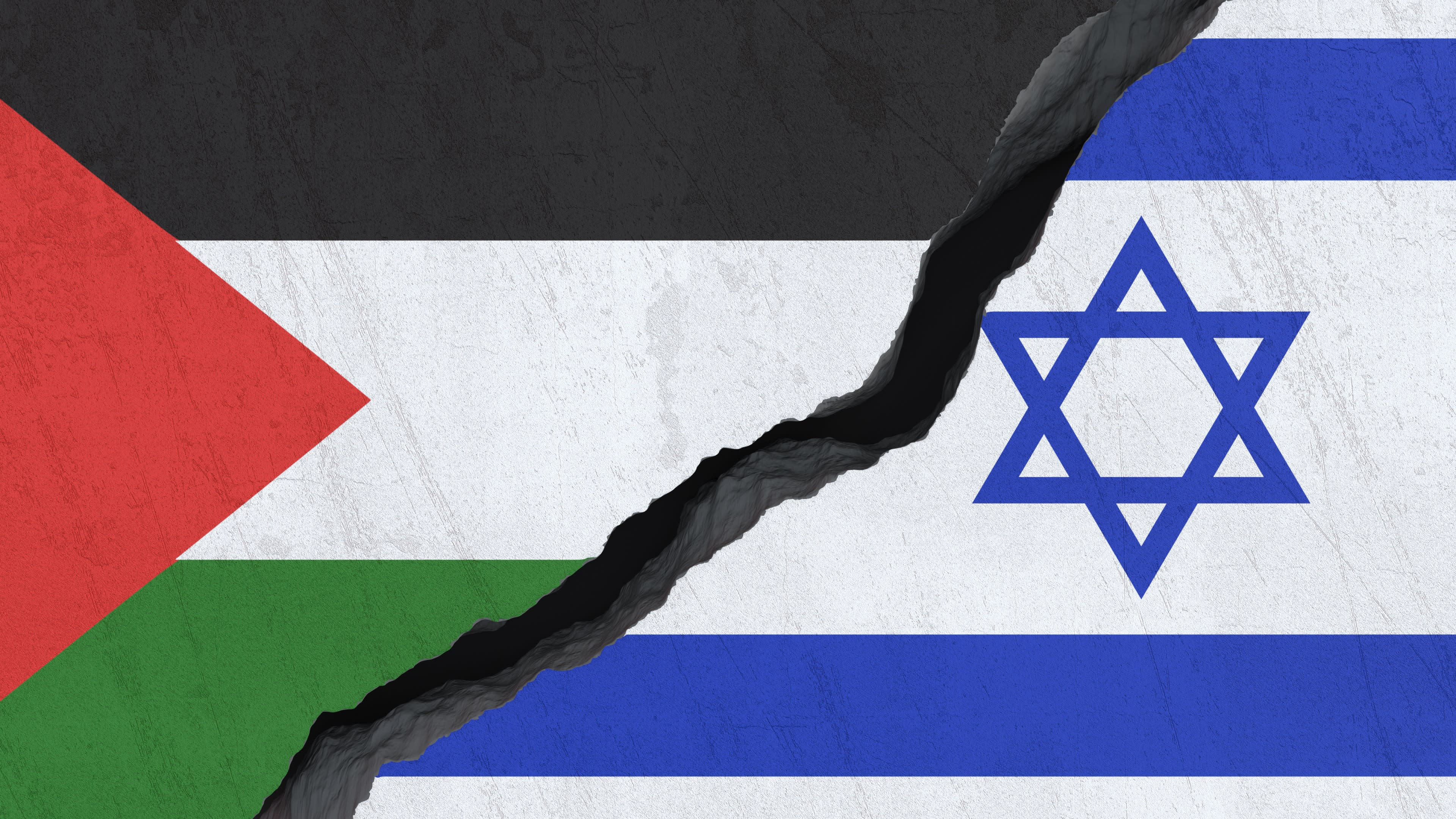The electoral system
To Australians, the may seem odd. All of Israel is one voting electorate, and citizens entering the voting booth pick only one party. Their votes are tallied, disqualified votes removed, and then divided by 120 – the number of members in the Israeli parliament, the Knesset.
Ran Porat
Affiliate Research Associate, Australian Centre for Jewish Civilisation, Monash University
A party needs to win at least four seats, or 3.25% of the legal votes, to enter the Knesset. Each party presents a list of candidates prior to the election campaign, and if a party wins, for example, 10 seats in the Knesset, the first 10 people on its list are elected. Primaries or internal committees determine the candidates on the list, and their order.
The current electoral system is a result of numerous changes over the past decades, most of which were designed to reduce the power of small parties.
Governing Israel is all about coalitions, because no single party has ever won a Knesset majority.
Yet Israeli politics is also traditionally dominated by two or three major parties – mostly right-wing versus a centre-left party (such as Labor, Kadima, and today ) – so in the past, parties with one or two seats were courted by both sides to join their coalition, often leading to exaggerated demands, and even personal corruption.
The historical political deadlock
Which leads us to the main characteristic of Israeli voting patterns since the 1980s – a deadlock between the Likud and “the rest”.
The Likud has been the biggest party in the Knesset for most of the past few decades, and certainly since Likud leader won the 2009 election. Yet, Likud has always needed religious and right-wing parties, and sometimes centrist ones, to assemble the required 61-plus MKs required for a coalition government.

Until recently, the divide in Israeli voting was mainly ideological, revolving mostly (but not exclusively) around the extent of possible Israeli compromises vis-a-vis the Palestinians.
The 1993 Oslo peace accords changed that dynamic, leading first to the tragedy of the 1995 assassination of PM by right-wing extremist Yigal Amir, while after 2000, the failure to reach peace, and ongoing major Palestinian terrorism, gave a boost to the right-wing camp in Israel, which persists today.
Corruption and bribery indictments against Netanyahu in 2019, and the opening of his in 2020 have recalibrated the political balance. Two camps were created – the Likud and its allied, staunchly pro-Bibi parties, against the “anti-Bibi” camp, which includes left and centre parties, as well as new parties led by former senior Likud members who are now Netanyahu rivals.
The result is one solid right-wing camp against myriad ideologies and agendas on the other side.
After four election campaigns that each ended with an effective tie between the two “camps”, somehow in 2021 the “no-Bibi” camp was able to form a narrow government comprised of eight parties, including – for the first time in Israel’s history – an Arab Islamic anti-Zionist party (Ra’am).
But this “coalition of change” barely lasted a year before falling apart – blocking Netanyahu wasn’t enough of a platform to glue so many different parties together for any length of time.
What’s at stake in this election?
On 1 November, Israelis will vote again, for the fifth time in less than four years. In addition to the “to-Bibi-or-not-to-Bibi” question, two other issues will determine the outcome.
The first is the voting participation rate of . Plagued by internal divisions, the majority Arab parties are split into at least four major rival lists.
‘One seat could make the difference’: Arab parties rally for votes in Israeli election
– Guardian Australia (@GuardianAus)
Many Arab Israeli citizens feel apathetic or disenchanted with their politicians, as endemic problems within their sector, such as crime, inadequate infrastructure and corruption, aren’t properly addressed by their Knesset representatives.
A low Arab turnout would favour Netanyahu by reducing the numbers of MPs in the anti-Netanyahu camp.
Right-wing racist extremist is the second significant political issue of the elections. He became notorious as a teenager when he appeared on TV in 1995 holding the emblem stolen off then PM Itzhak Rabin’s car while announcing:
“Just as we got to his car, we’ll get to him, too.”
A few weeks later, Rabin was assassinated.
A follower of the late racist agitator and politician Rabbi Meir Kahane, Ben Gvir often acts aggressively towards Arabs, and calls for deportation of “non-loyal” citizens, among other things.
A Netanyahu ally, he’s become a media and political star, and a joint slate of his “Jewish Power” party with two other right-wing national religious parties is predicted to win up to14 seats.
Ben Gvir’s rise has been flagged as a danger to Israeli democracy by many on Israel’s left and centre, while warnings about nominating him as a minister in the next government have been voiced by US officials, American Jews, and Israel’s new Arab allies, such as the .

One thing not on the agenda this election is the Palestinian issue. This is despite a recent terror wave emerging from the West Bank, especially from northern areas, where the corrupt and deeply in-debt Palestinian Authority (PA) has become too weak to exert control.
While the Israel army has been conducting intensive operations to try to shut down terror cells, everyone – in Israel, the Arab world, Washington, and among the Palestinians themselves – is waiting for 86-year-old to finally step down from his role as PA chairman.
The latest violent flare-up only confirms the thinking of many Israelis that the Palestinians aren’t ready, and won’t be ready anytime soon, for serious peace talks. Their votes are thus primarily based on internal Israeli issues, not the Palestinian question.
Recent Israeli polls predict either another hung parliament or a narrow victory for the Likud-led coalition.
Israelis are weary of political deadlock, and long for a functioning and stable government. But it will likely take many weeks after 1 November until the votes are fully counted and a new coalition is negotiated to determine whether that hope can be answered, if at all.







